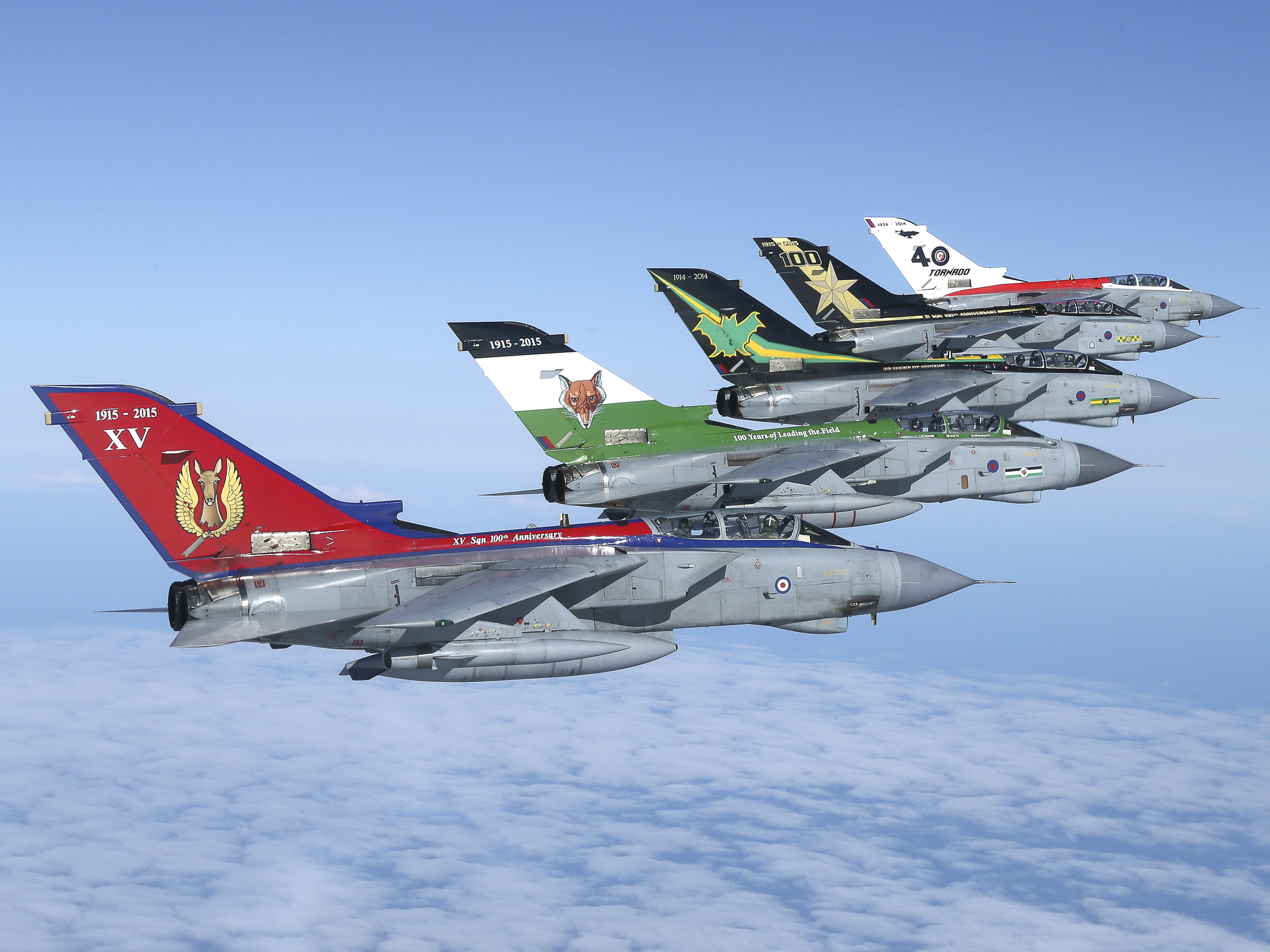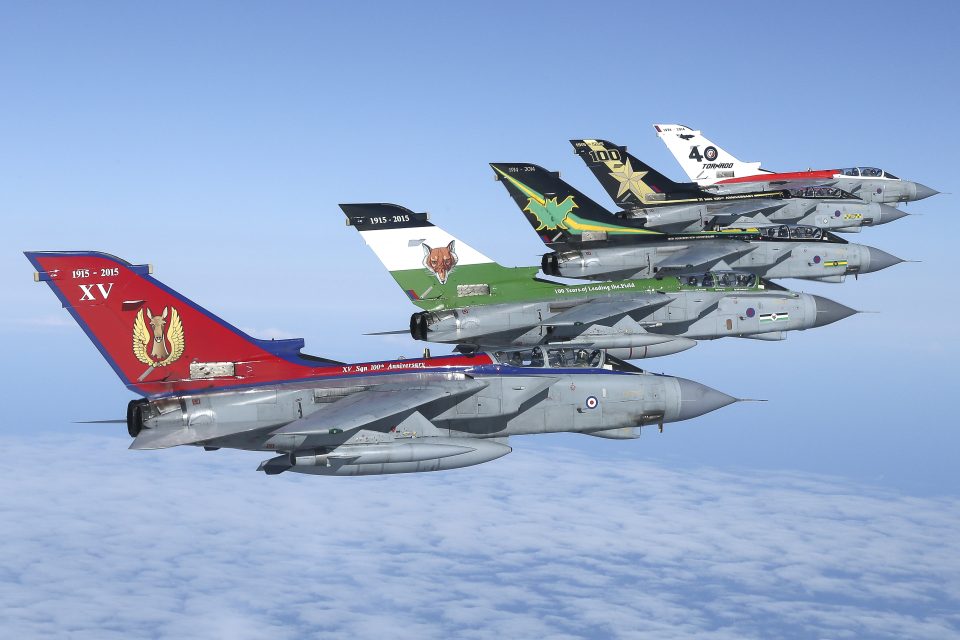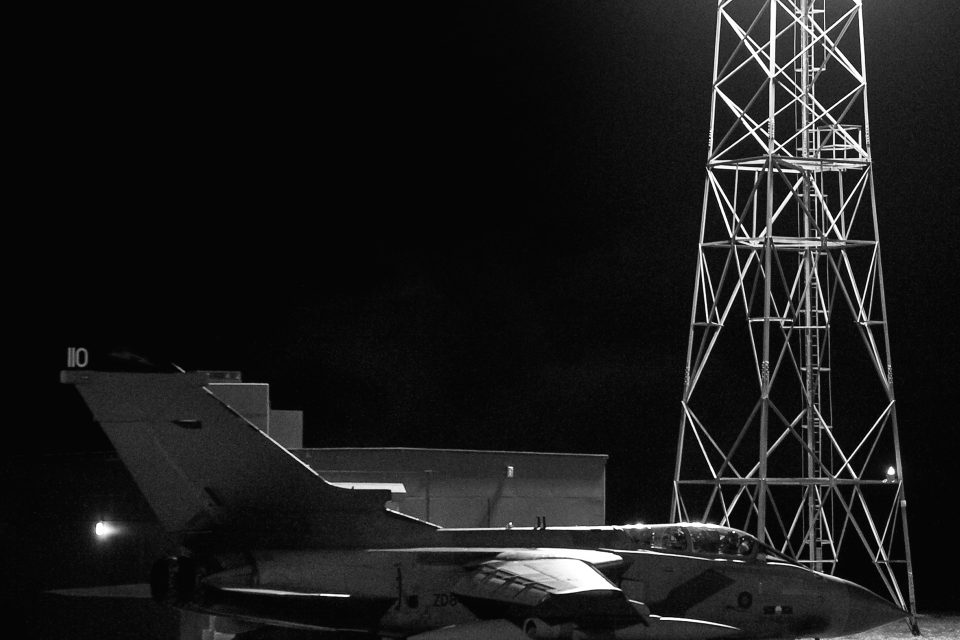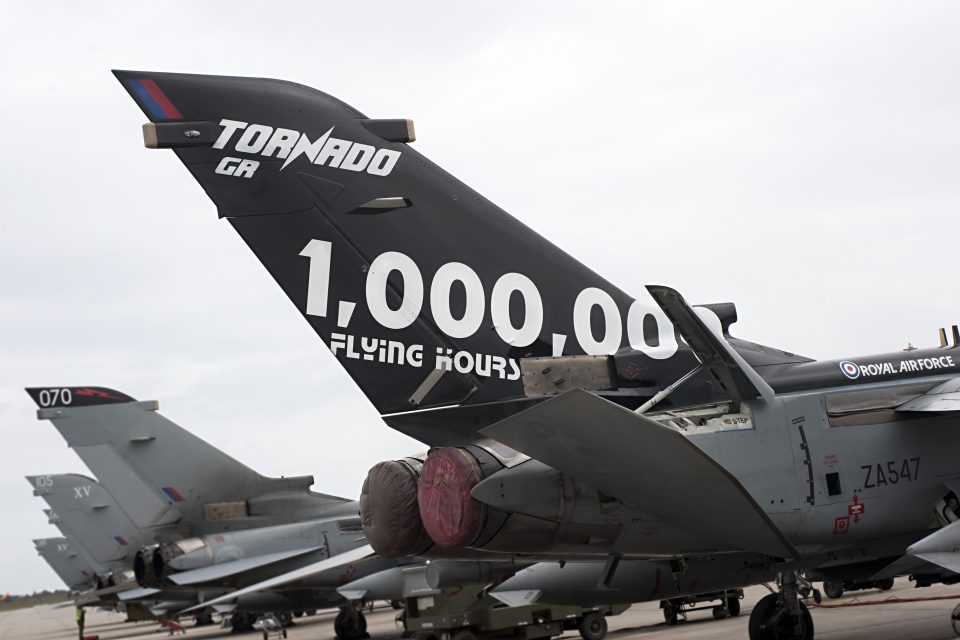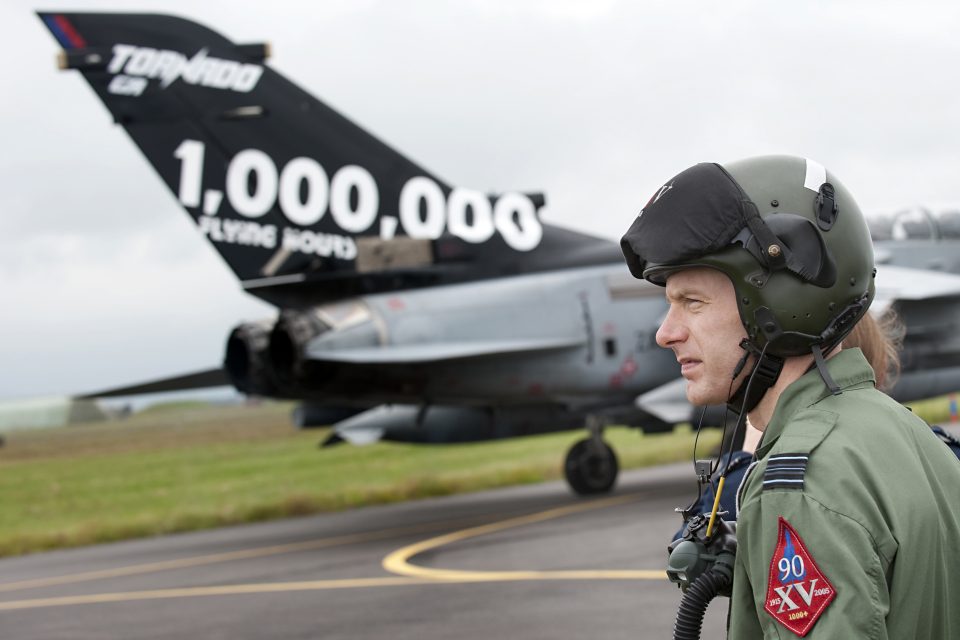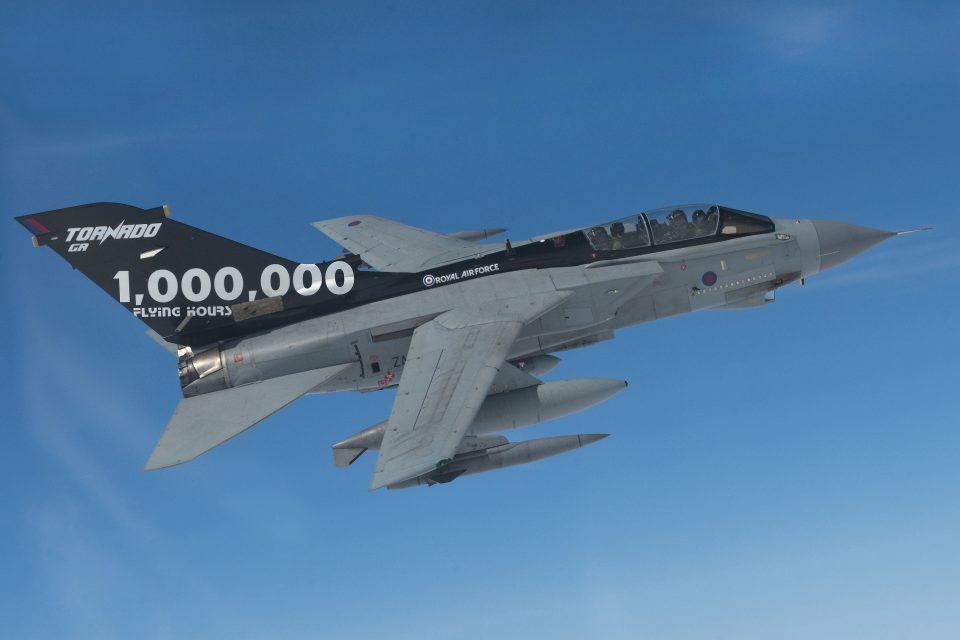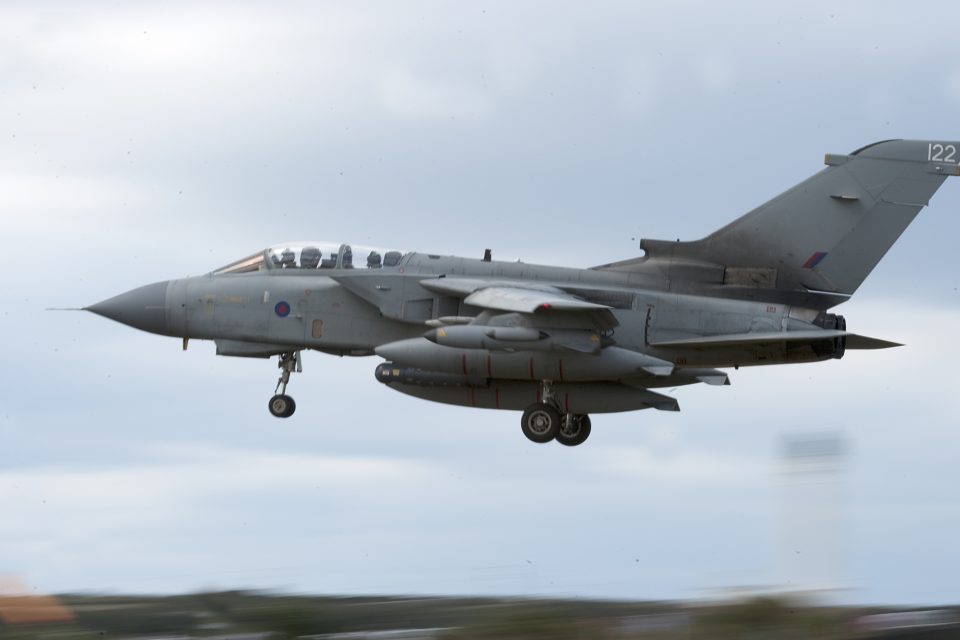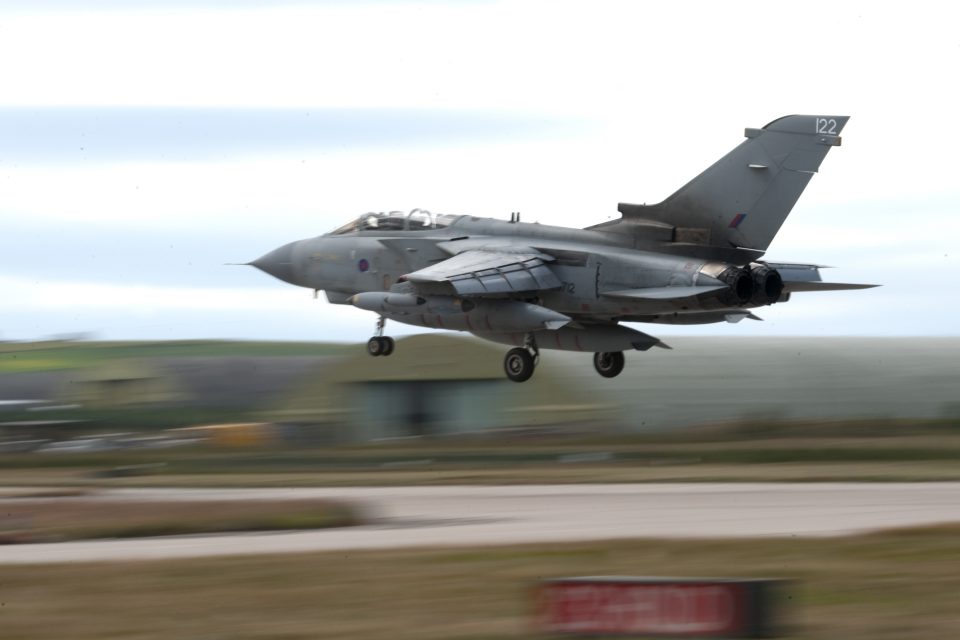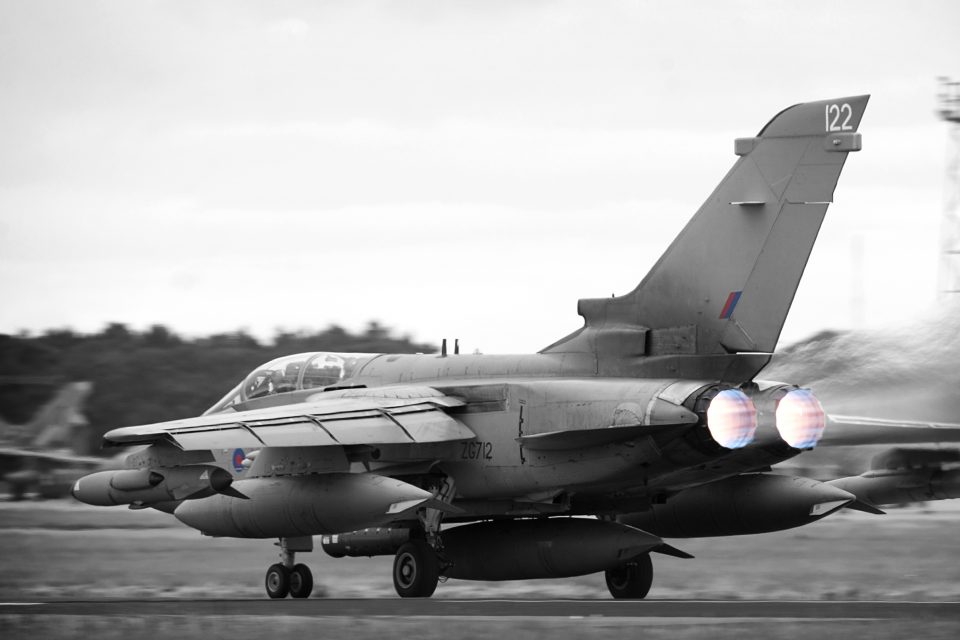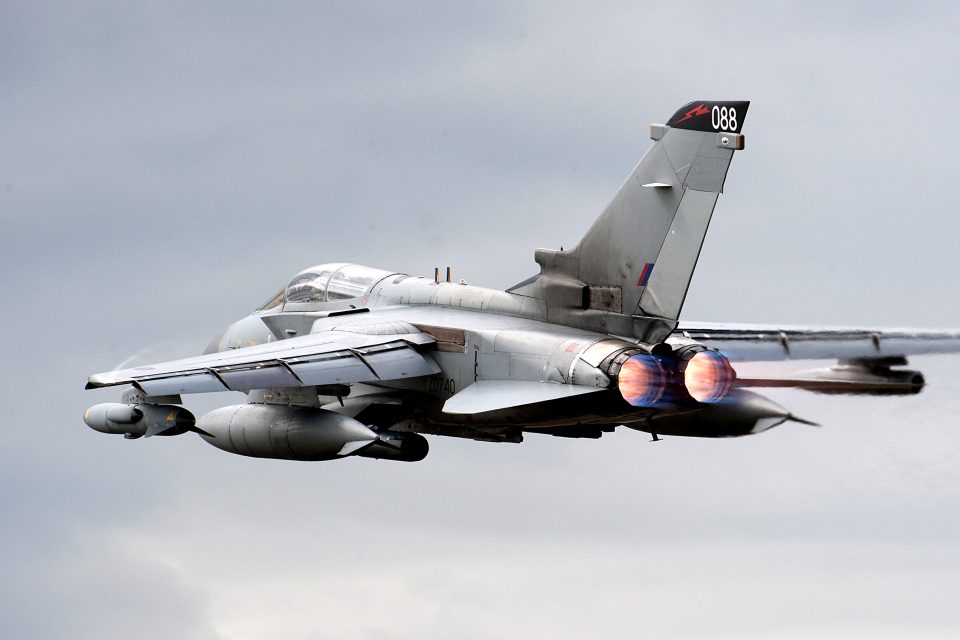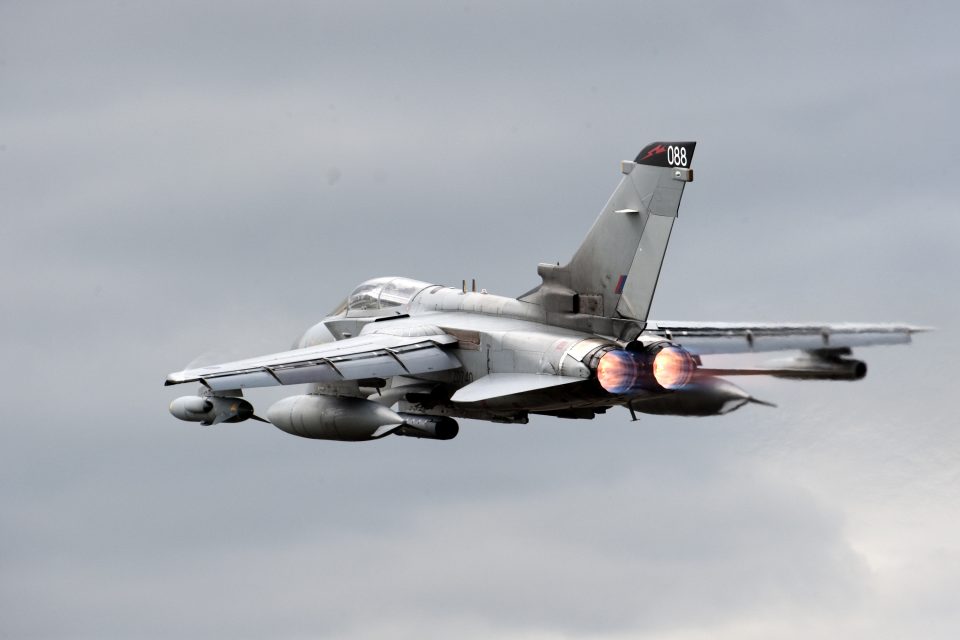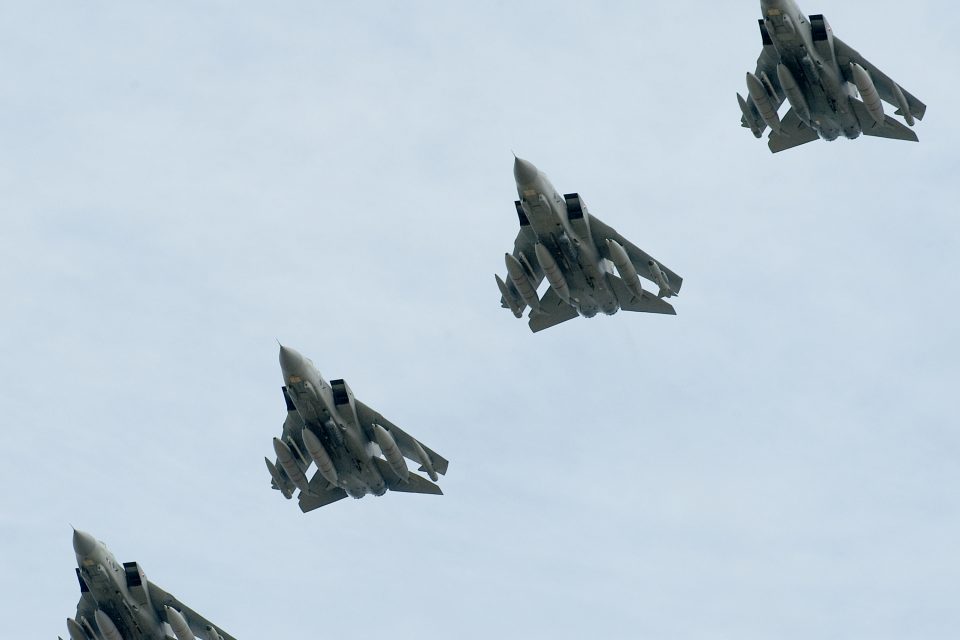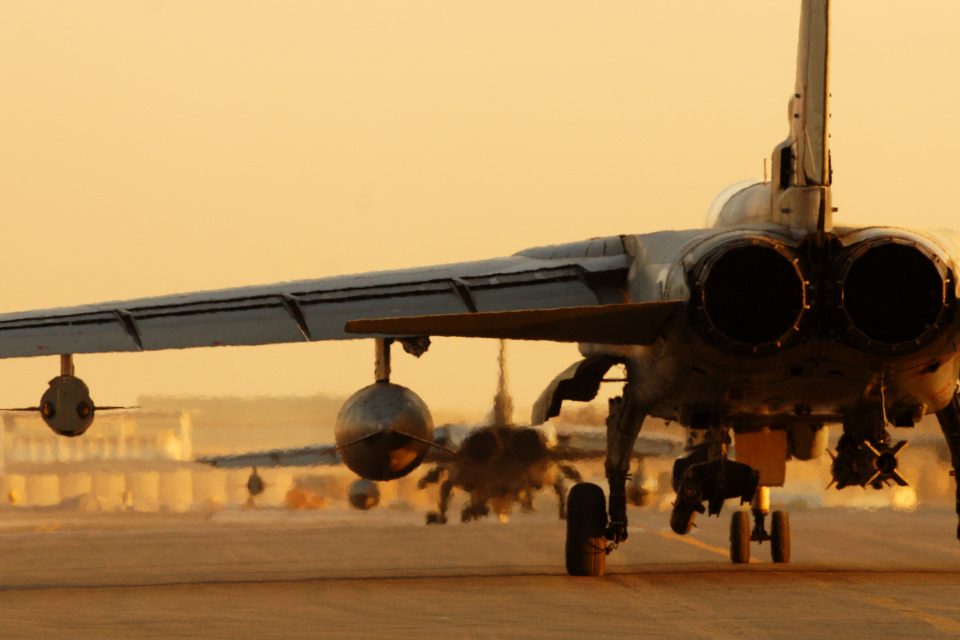2016-11-16 By Robbin Laird
When one looks at the end of an era, in this case the sun setting on the Tornado in the RAF, one can look backwards or forwards.
Looking backwards, there is the legacy and history of the squadrons and of a core-fighting platform in the history of the RAF.
Here the plane and the crews have a distinguished record in all of the RAF operations since the plane became operational in the early 1980s.
Looking forward, the question is how the skill sets developed with the Tornado squadron’s transition forward?
In April 2016, during my visit to RAF Lossiemouth, I had a chance to talk with Wing Commander Paul Froome OC XV(R) Squadron and discussed the transition challenge with regard to the Electronic Warfare officers involved with Tornado.
Question: What will happen to the Electronic Warfare competence as the Tornados are retired?
Answer: “Good question.
“They can provide support for a number of the new platforms like F-35 and P-8.
“The RAF tends to be good at carrying forward core capabilities and sorting out how best to evolve them with new platforms coming in.
“I think we’re very good, historically, on recognizing people with those competencies, and their skill-set, and using them in the best place.”
And then during my visit to RAF Lossiemouth in June 2016, I had a chance to talk with a senior RAF officer who has been involved with the Tornado for many years, and in the training of weapons officers for this venerable and very successful weapons platform.
Currently, he is involved in training the last weapons instructors for the Tornado, which raises some key questions about what they need to learn for the projected operations, and what do they need to take away for the future as they move to other platforms and other responsibilities.
A key question facing the sunset of any platform is the legacy going forward as those who are operating the platform towards the end move on.
What is the operational “technology transfer” as weapons officers move to other combat platforms, or senior staff positions?
The final group of weapons officers will finish in November 2016 and then be with the program until it is ended in 2 ½ years.
“What do I train these guys to do in light of that?”
On the one hand, clearly the core skill sets of a Tornado weapons officer need to be maintained for the most likely operational scenario, namely, to provide support to the ground forces in uncontested airspace.
“We need to train to the basic skill sets one sees necessary in something like Operation Shader.”
Skill sets to deliver weapons on target in a permissive environment but where low collateral damage is expected has become the core skill set, which needs to be delivered.
Yet is clear that the airpower equation is changing and the anticipation is that both the F-35 and the Typhoon will be operating in more contested environments and yet providing support to the ground forces or to the ground maneuver element.
Training of the final Tornado weapons officer’s needs to take this transition into account as well.
“I would expect several of our weapons officers to transition to Typhoon or F-35 as well.
So it is about performing in anticipated Tornado missions but shaping a mentality that is very much about transition as well.”
Put in other terms, it is not about dumbing down the skill set, but opening a broader aperture to the higher end skill sets.
“It is not just about preparing the guys for what they are most likely to see in the next couple of years, but thinking about the higher end challenges as well.
We can focus on some skill sets we shaped earlier in a more contested environment, and bring those back in the training process going forward as well.”
He also argued that the shift in the Typhoon community towards a ground support role is seeing that community informed by the RAF experience in the Harrier and Tornado communities.
The culture and training focus for close air support or support to a ground maneuver force is different from the classic Typhoon training, and bringing forward some of the training skill set in the Tornado community is part of the Typhoon transition itself.
In short, as the Tornado era closes, a number of the skill sets will be carried forward into the fighter transitions involving Typhoon and F-35 and with the P-8 into the maritime domain awareness strike community.
The slideshow highlights Tornados at Lossie and the photos are credited to the RAF.


